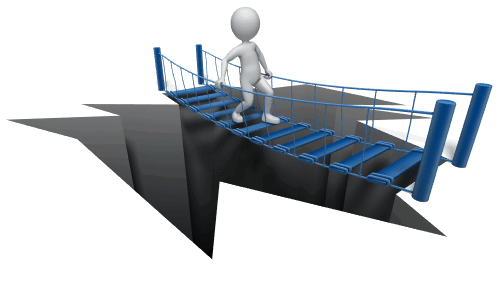
PITFALLS TO AVOID
The purpose of this article is to describe the 10 most common home buying pitfalls to avoid.
1) Always interview more than one realtor – Realtors come with varying skillsets and experience levels, and given that buyers do not pay any realtor commissions (i.e. sellers pay all realtor commissions), why not try to hire the best realtor you can find? At the very least, research realtors to find a professional with skillsets and experience buying the type of home you desire, in the area you desire. The more sales the realtor has under their belt, the more likely your buying process will be successful.
2) Always interview more than one loan officer – Loan officers also come with varying skillsets and experience levels. However, not only do you directly pay commission to a loan officer (known as a “loan origination fee”), but a loan officer will require a copy of all of your sensitive financial documents. So this makes it doubly important that you have vetted the loan officer of your choice, based on knowledge, experience, reviews, and ethics…all before you fill out a mortgage application.
3) Try not to buy a car in the year before (or during) buying a house – This is a tougher one, as a car is a “necessary debt”…meaning that we all need a car for employment and living purposes. However, try your best not to purchase a car in the year prior to buying a house. A car loan will impact your “debt-to-income” ratio, thereby impacting your qualifications for a home loan.
4) Don’t open up any new credit cards when buying a house – Any time you open up a credit card, you will incur an inquiry on your credit report…which tends to lower your credit score just a few points. But more importantly, a new credit card gives way to the potential to incur additional credit card debt, and directly impact your home loan qualifications.
5) Try not to “max out” your loan size – It’s always best to start your home shopping at the lowest price point that provides the general amenities that you are seeking…and then work upwards from there. Many times, buyers are able to find most of their ideals at a price point comfortably below their maximum affordability.
6) Make sure to assess the neighborhood and surroundings well enough – This is one of the biggest pitfalls! Buyers often times fall in love with a particular house before they research the area/neighborhood. This is particularly true if you are buying in the winter months in Minnesota, as our daylight hours are very limited, and with everything covered with snow, it makes it a bit more challenging to “experience” the surroundings.
7) Be cautious about buying the largest (or most expensive) house in a neighborhood – Ideally, you want to approach your home-buying process with “resale value” in mind. If you purchase the largest, or the most expensive home in the neighborhood, the surrounding “comps” can only pull your value downward (instead of upward).
8) Always perform a detailed home inspection – Home buyers always reserve the right to inspect the property that they are buying (except for some auction properties), so why not leverage this opportunity to vet out any costly issues? Plain and simple…the $400 cost for a home inspection is a very inexpensive risk mitigation policy!
9) Verify school boundary maps – While home listings tend to be pretty accurate for the schools cited for a certain property, it’s always best to verify the actual school boundaries for a particular property by referencing the school district’s boundary maps online.
10) Research for any upcoming assessments – It is not always easy to know if there is an assessment pending, let alone an assessment that may just be looming. However, if the street appears in poor condition, and there is no pending assessment on the tax profile for that property, chances are that there will soon be a street improvement coming (that the new buyer will get stuck paying for).
